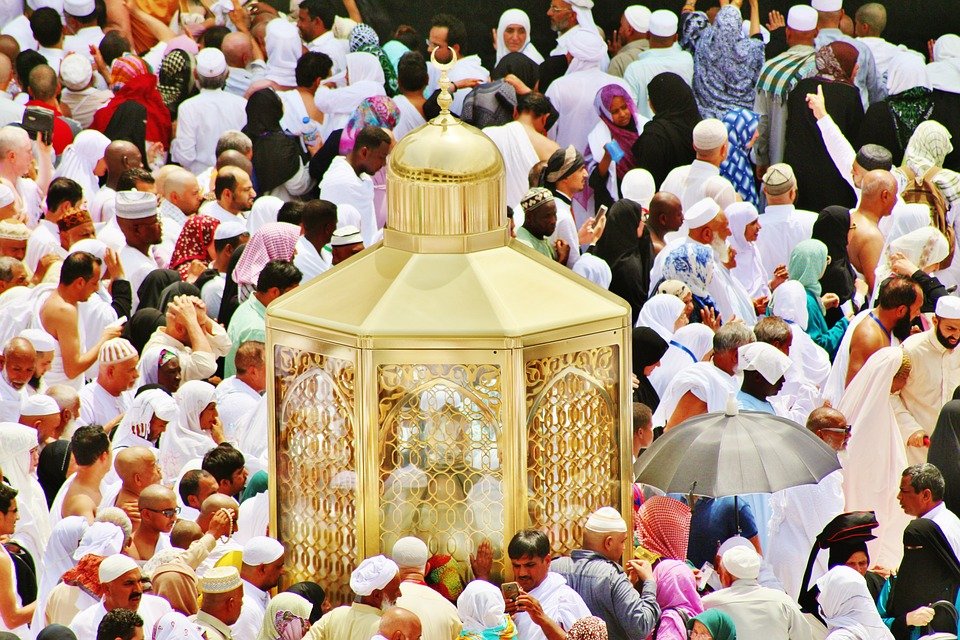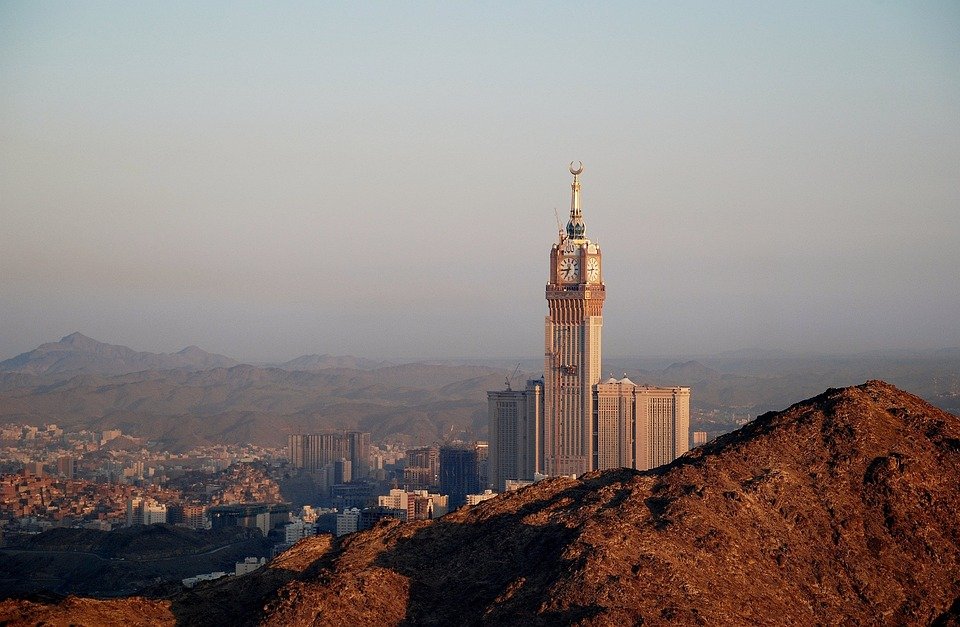You are here to read: How to Perform Hajj Fard Acts Hanafi: Step-by-Step Guide – A Thoughtfully Written Guide Offering Spiritual Wisdom and Travel Advice for Every Pilgrim who is going on holy journey of Hajj or Umrah.
In this blog article, we will explore how to perform Hajj fard acts according to the Hanafi school of thought. If you’re looking for a comprehensive guide to understand the essential acts required during this sacred pilgrimage, you’ve come to the right place. Our objective is to provide you with clear and easy-to-follow instructions on how to perform Hajj fard acts Hanafi, ensuring you grasp the significance and requirements of each step. I promise that by the end of this article, you will feel confident and informed about fulfilling this important religious obligation.
Understanding how to perform Hajj fard acts Hanafi is crucial for every Muslim seeking to complete this pillar of Islam. The significance of Hajj goes beyond its rituals; it represents a deep spiritual renewal and obedience to Allah. With our nine years of experience in the Umrah and Makkah and Madinah travel field since 2016, we have gathered valuable insights that will make this process clearer for you. In my opinion, having a reliable guide can transform your pilgrimage experience into something truly meaningful. Let’s dive into the essential steps and insights together!
How to Perform Hajj Fard Acts Hanafi: Step-by-Step Guide
Hajj is one of the most important pillars of Islam. It represents a deep spiritual journey that many Muslims dream of undertaking at least once in their lifetime. In the Hanafi school of thought, there are specific obligations, or "Fard" acts, that every pilgrim must perform during Hajj. Let’s break down these acts step by step, making it easy for everyone to understand and follow.
Understanding Hajj
Hajj takes place in the holy city of Makkah, during the Islamic month of Dhu al-Hijjah. Every adult Muslim is expected to perform Hajj at least once, provided they are physically and financially able. The significance of this pilgrimage cannot be overstated; it’s a time for reflection, prayer, and connection with God.
Performing Hajj allows us to unite with millions of other believers. It shows our devotion and commitment to our faith. The crowded scenes may seem a bit overwhelming, but they create a sense of camaraderie among everyone participating. We are all there for the same purpose, and that is to worship Allah and seek His forgiveness.
Ihram: The Spiritual Dedication
Before stepping into the sacred act of Hajj, one must enter into a state of Ihram. This is more than just a change of clothes; it’s a commitment to purity and humility. For men, Ihram consists of two white, unstitched cloths, while women wear simple attire that meets Islamic guidelines.
Once we don the Ihram, we recite the intention for Hajj, called “Niyah.” This declaration of purpose is vital as it aligns our intentions with our actions. It’s a moment that reminds us how important this pilgrimage is. We should approach this stage with an open heart and mind, ready to embrace the spiritual journey ahead.
You're at the middle of this awesome post at AirlinkHajjandUmrah.com through: How to Perform Hajj Fard Acts Hanafi: Step-by-Step Guide. Keep reading, it gets better!
Tawaf: Circling the Kaaba
Upon arriving in Makkah, the first major act is Tawaf, which involves circling the Kaaba seven times in a counterclockwise direction. Imagine standing in front of this magnificent structure, filled with emotions. Each circle brings us closer to Allah, and it is a moment of deep connection.
As we move around the Kaaba, we recite prayers and supplications. Some people find comfort in specific duas they learned over time, while others simply talk to Allah from their hearts. This act reinforces the idea of unity among believers; we all accomplish this together, side by side, with our hearts focused on the same goal.
Sa’i: The Search for Water
Following Tawaf, we engage in Sa’i, which means walking seven times between the hills of Safa and Marwah. This act reminds us of Hagar’s search for water for her son, Ishmael. Every step taken is a tribute to her perseverance.
While walking, we can reflect on what we want from Allah and seek guidance. It’s not just a physical act but a spiritual one as well. The air is filled with hope, prayers, and a myriad of emotions as countless individuals walk these same paths, each with their own hopes and dreams.
Standing at Arafat: The Pinnacle of Hajj
The Day of Arafah is considered the peak of Hajj. Pilgrims gather at the Plain of Arafat to pray and seek forgiveness. Standing in earnest prayer, we ask Allah for His mercy and guidance. This is a profoundly personal moment where we feel His presence, and many report that it’s one of the most spiritually uplifting experiences they’ve ever had.
While standing at Arafat, we also observe the significance of unity. It’s as if all of humanity is gathered in one place, speaking to Allah. The atmosphere is filled with devotion and supplication. In those moments, time seems to stand still as we focus solely on our connection with the Divine.
Muzdalifah: A Night Under the Stars
After Arafat, we head to Muzdalifah, where we spend the night in prayer and reflection. This stop serves as a reminder of humility, where we rest under the stars, contemplating our lives and our relationship with Allah. Collecting pebbles here is also a part of the rituals to be performed in the coming days.
The transition from the intense moments of Arafat to the calmness of Muzdalifah allows us to reflect. It’s a time for peace and inner silence as we prepare mentally for the coming days. Sitting among other pilgrims, we share this experience, drawing strength from each other’s faith and fervor.
Rami: The Stoning of the Devil
One of the final acts of Hajj is Rami, or the stoning of the devil. This takes place in Mina and symbolizes our rejection of evil and temptation. By throwing stones at three pillars, we demonstrate our determination to seek good and avoid wrongdoing.
This act offers a powerful opportunity for self-reflection. Each stone thrown signifies our commitment to spiritual growth and staying true to our faith in the face of challenges. While it may seem simple, the message it carries is profound; we can overcome negative influences in our lives with courage and perseverance.
Conclusion: Embracing the Experience
Hajj is a unique blend of rituals and emotions that shape us spiritually. It provides an opportunity to rejuvenate our faith and reflect on our lives. Each obligation we fulfill during Hajj serves as a reminder of our commitment to Allah and to our fellow believers.
Engaging with all these acts allows us to embrace the full experience of Hajj. As we return home, we carry the memories of these steps with us, keeping the spirit of Hajj alive in our hearts. This pilgrimage isn’t just a journey to Makkah; it’s a deep dive into our faith and a renewed connection with Allah.
That wraps up How to Perform Hajj Fard Acts Hanafi: Step-by-Step Guide. Thanks for sticking with us till here! Share this: How to Perform Hajj Fard Acts Hanafi: Step-by-Step Guide with your friends.
Check our homepage at Air Link Hajj & Umrah for more awesome updates.
Some interesting posts are: 1: Umrah Mubarak, 2: When is Umrah closed 2026?, 3: When does Umrah start after Hajj 2026?
Mushu, an experienced Saudi Arabia traveler and writer, shares insightful tips and spiritual reflections to enhance Hajj and Umrah journeys for fellow pilgrims. He has been to Makkah and Madina from 2016 to 2023 many times and his posts will reflect this.







